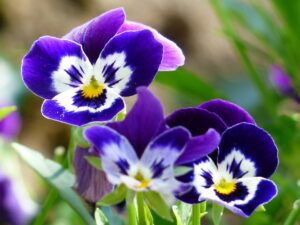December in Texas might conjure images of holiday festivities, crisp weather, and cozy nights by the fireplace. However, this month also presents a unique opportunity for gardeners to prepare for the upcoming spring while enjoying the mild winter weather.
Whether you’re a seasoned gardener or just starting, knowing what to do in the garden during December is crucial for a thriving garden in the spring.
In this post, we’ll explore essential gardening tasks, plant care tips, and winter gardening strategies specific to Texas.
1. Understanding Your Region

Before diving into the specifics of gardening in December, it’s important to recognize that Texas is a vast state with diverse climates, including zones 6 to 9. The gardening tasks you undertake during December may vary depending on your region:
North Texas: Colder winters, with potential for frost. Gardening focuses on preparation and protecting tender plants.
Central Texas: Milder winters, allowing for a variety of tasks and some cool-weather crop planting.
South Texas: Warm winters, where some plants can continue to flourish; a good time for planting as well.
Understanding your specific region can help you tailor your gardening efforts to ensure the health and productivity of your plants.
2. Garden Maintenance
a. Clean-Up and Preparation
December is an excellent time to clean up your garden beds, removing dead plants, leaves, and debris. This not only tidies up the garden but also helps reduce pests and diseases that can overwinter in decaying organic matter.
Remove Debris: Collect fallen leaves, spent plants, and weeds. Compost what you can, but refrain from adding any diseased or pest-infested plants to your pile.
Weed Control: While many weeds may slow down in winter, some can thrive. Pull them out before they take hold.
b. Soil Preparation
Preparing your soil in December sets the stage for a fruitful spring. Here are some tasks to consider:
Soil Testing: Conduct a soil test to ascertain pH and nutrient levels. Many County Extension Services offer testing kits. Adjustments can be made with amendments such as lime or sulfur, depending on your soil’s needs.
Amendments: Work in organic matter to improve soil structure, drainage, and fertility. Compost, well-rotted manure, or leaf mold are excellent choices to enrich your garden beds.
3. Planting in December
a. Cool-Season Vegetables
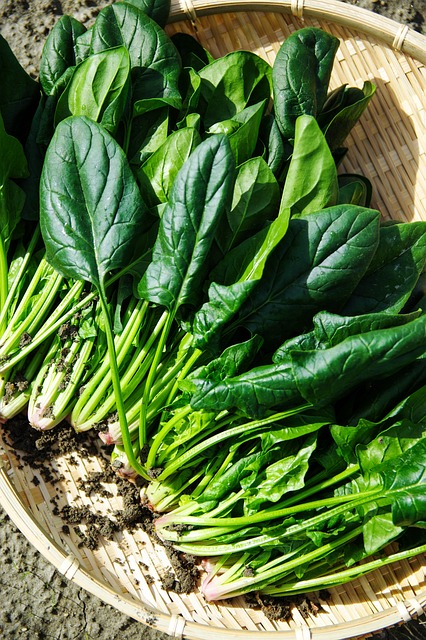
December is a great time to plant certain cool-season vegetables that thrive in the cooler temperatures of Texas. These include:
Lettuce: Varieties like romaine and butter lettuce can thrive. Aim for a spot that receives morning sun.
Spinach: This hardy plant thrives in cool weather and can be planted directly in the garden.
Radishes and Carrots: Fast-growing and tolerant of cold can be sown directly into the ground.
Consider using row covers for added warmth and protection against frost. This can extend your growing season and set you up for a bountiful harvest.
b. Flower Planting
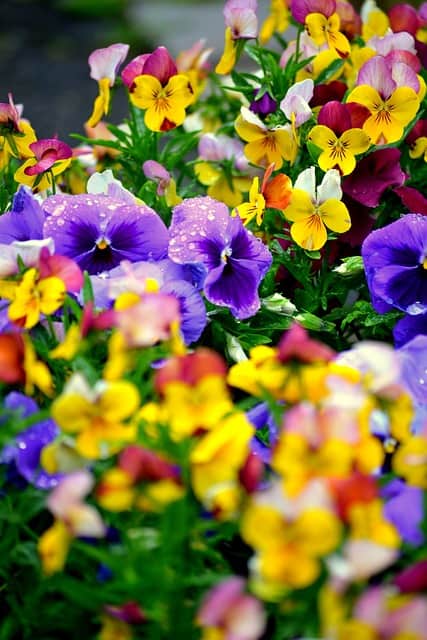
While most flowers may be dormant in the cold, December also offers a chance to plant a few hardy varieties:
Pansies and Violas: These flowers can add bursts of color to your winter garden and are tolerant of frost.
Snapdragons: A hardy annual that can thrive in cooler weather, snapdragons will bloom when other flowers may not.
Perennials and Shrubs: The winter holidays are also a great time to plant perennials such as daisies and coreopsis, and to transplant shrubs while they are in dormancy.
4. Protecting Your Garden
a. Frost Protection
Texas winters can be unpredictable, with frost and temperatures dipping at night. Protecting your plants is vital:
Covering Plants: Use frost cloth or old sheets to cover tender plants on frosty nights. Ensure the covers are secured to avoid wind damage.
Mulching: Applying a thick layer of mulch around the base of plants helps insulate the soil and regulate temperatures.
b. Watering Wisely
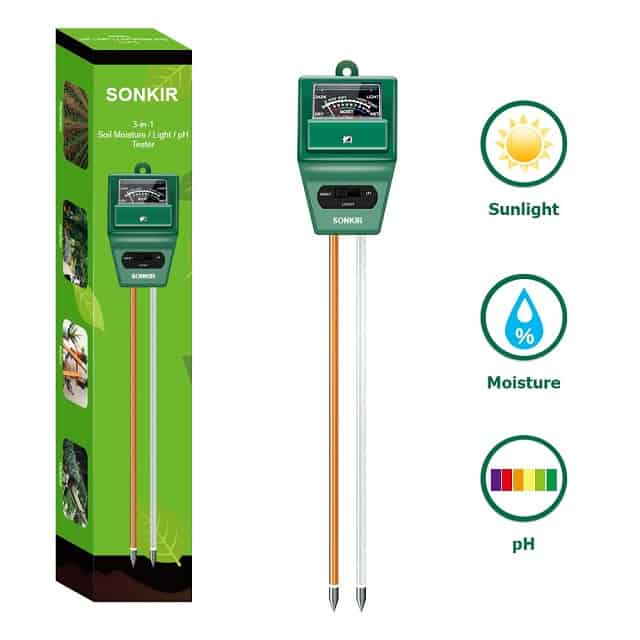
Though you might not need to water as frequently in December, it’s crucial to keep your plants hydrated, especially new plantings:
Check Moisture Levels: Inspect soil moisture levels, especially for newly planted trees and shrubs. Depth checks can help determine if irrigation is needed.
Avoid Overwatering: Ensure good drainage to prevent root rot.
5. January Planning
December is not just about maintaining; it’s also about planning for the new year. Here are some tips:
a. Make a Garden Plan
Taking some time to sit down and sketch out your garden plan for the upcoming year can pay dividends:
Crop Rotation: Plan for crop rotation to manage soil nutrients and reduce pest buildup.
Plant Selection: Research what varieties you want to grow based on your zone, climate, and personal preference.
Gardening Calendar: Create a gardening calendar to outline what you’ll plant when, taking into consideration the last frost dates for your area. This can help keep you organized and ensure you’re planting at the right times.
b. Seed Ordering
Stocking up on seeds in December not only ensures you have everything you need for the spring planting season, but it also allows you to choose the best varieties:
Catalogs and Online Orders: Many seed companies offer catalogs during winter. Spend some time reviewing new varieties and heirlooms you might not have tried before.
Native Plants: Consider adding native plants to your garden. They require less water and maintenance, and they support local wildlife.
6. Wildlife and Pollinator Support
Even in the colder months, gardening can support local wildlife and pollinator populations:
a. Providing Shelter
Consider adding features to your garden that provide shelter for birds and beneficial insects:
Birdhouses and Feeders: Set up birdhouses and feeders to attract birds that can help manage insect pests in your garden. Use high-energy birdseed mixes during winter.
Brush Piles: Create a brush pile from pruned branches and fallen leaves in a corner of your yard. This provides habitat for small mammals and insects.
b. Pollinator Plants
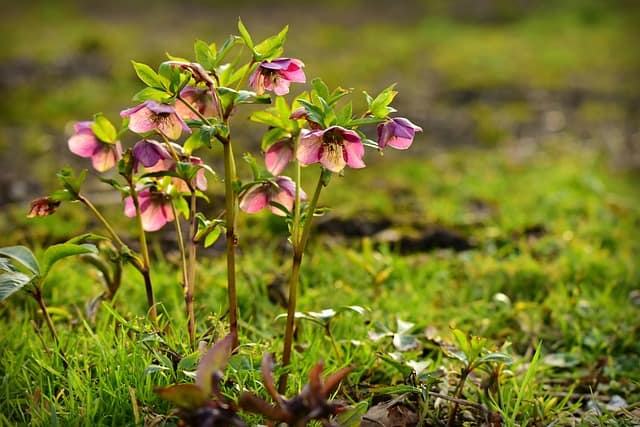
Even though winter is a quiet time, consider how your choices can benefit pollinators in early spring:
Winter Blooms: A few plants, such as hellebores or winter jasmine, bloom in winter and can provide food for early-pollinating insects.
Diversity: Planting a diverse range of flowers and herbs will ensure there’s something blooming at various times throughout the year, supporting different pollinator species.
7. Tool Maintenance and Organization
December is a perfect time to focus on tool maintenance and organization:
a. Cleaning and Sharpening Tools
Garden tools often take a beating throughout the growing season. Taking care of them now will prolong their life:
Cleaning: Remove dirt, sap, and debris from tools. A mixture of soap and water can help, followed by a rinse and thorough dry.
Sharpening: Use a sharpening stone or file to sharpen blades on pruners and shovels. Sharp tools make for cleaner cuts and easier work.
Rust Prevention: Apply a thin coat of vegetable oil to metal tools to prevent rusting during the wet season.
b. Organize Your Gardening Space
Take this time to declutter and organize your shed or gardening area:
Sort Supplies: Group similar items together (fertilizers, seeds, tools, etc.) to make it more efficient to find what you need come spring.
Inventory: Take stock of seeds, fertilizers, and gardening supplies you have on hand to avoid over-purchasing or running out when you need them.
8. Enjoyment and Reflection
Finally, take some time to enjoy your garden! December can be a magical month, and while the garden might be dormant, there’s still beauty in the winter landscape:
a. Winter Interest
Many plants provide visual interest during winter, even if they are not in bloom:
Evergreens: Use evergreen trees and shrubs as focal points in your garden. They provide consistent color and texture.
Seed Heads and Berries: Leave seed heads on perennial plants for visual appeal and to feed birds. Berries from holly, juniper, and viburnum can add pops of color against the winter backdrop.
b. Reflection and Goal Setting
As the year ends, use this time to reflect on your gardening successes and challenges:
Journaling: Keep a gardening journal to reflect on what worked well and what didn’t. Noting successes and failures can inform better strategies for the upcoming year.
Set New Goals: Perhaps you want to experiment with new gardening techniques, try more native plants, or even start a composting system—use December as an opportunity to set fresh goals.
Conclusion
Although December brings cooler temperatures and shorter days, there’s still a wealth of activity happening in the Texas garden. From winterizing your landscape to planting cool-season crops and nurturing your existing plants, this month presents a unique blend of preparation and renewal.
By following the above tips, you can maintain a vibrant garden throughout winter and set yourself up for a thriving spring. Gardening in December is not merely about hibernation; it can be a productive and fulfilling period that helps you savor the subtleties of your ecosystem while eagerly anticipating the lushness of new growth and blooming flowers.
So grab your gardening gloves, enjoy the holiday season, and get ready to foster a garden that flourishes year-round!










